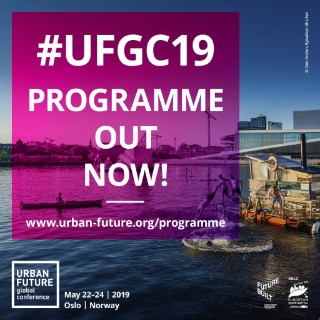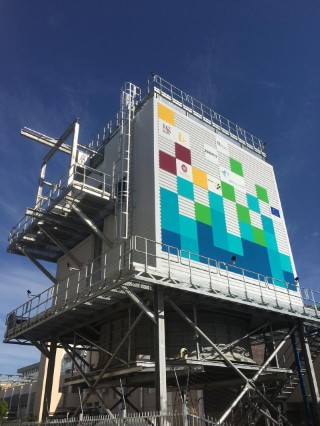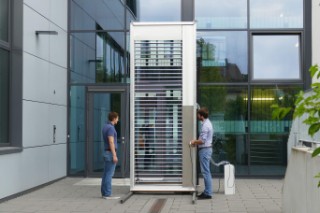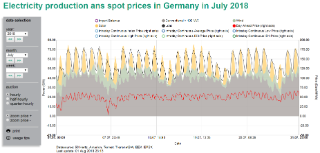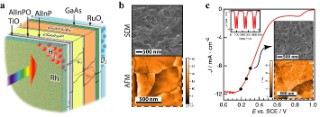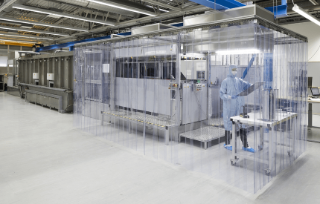
NexWafe, a Fraunhofer ISE spin off company that is industrializing its breakthrough technology for epitaxial fabrication of silicon wafers for solar photovoltaics (PV), today announced the appointment of Peter Pauli as the new chairman of the board as of September 1, 2018. He is succeeding Prof. Dr. Eicke Weber, who served as the chairman for the past two years. The shareholders and board members welcome Peter Pauli in his new position and express gratitude to Prof. Dr. Weber for his valuable contributions. From 2002 to 2016, Peter Pauli was the driving force in developing Meyer Burger Technology.
more info